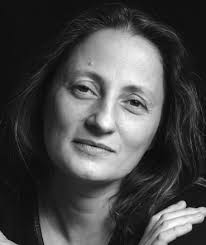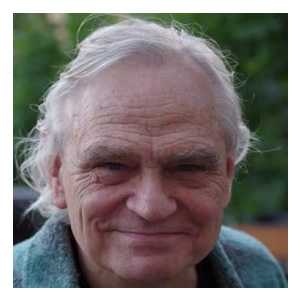The Handbook of Body Psychotherapy and Somatic Psychology: A Day LongCelebration
Post-modern challenges to embodiment and human vitality: a view from the street and the therapy room with Gustl Marlock
ECHOs in Bosnia and Beyond
As the twentieth anniversary of war in Bosnia—Herzegovina looms, many civilian survivors remain traumatised by the events they experienced and/or witnessed. Following the end of the war, the ensuing social and political upheaval and lack of resources have resulted in chronic emotional issues and mental health problems within the civilian population.
Eugene Gendlin, Somatic Pioneer
One of the most important and influential figures in somatic psychology is… a philosopher. Odd? Actually not. Because the more we learn about Eugene Gendlin’s revolutionary philosophy of the body, the more it makes sense that he is known as one of the originators of modern body-oriented psychotherapy.
Using the Two-Chair Process: For Helping Babies and Families
The “two-chair” process is a remarkably effective, gentle and safe way to support new families. Popularized in the late 1960s by Fritz Perls, MD (1893-1970) as part of his Gestalt therapy, the method was expanded by Robert Hall, MD (1934-) based on Hall’s study with polarity therapy founder Randolph Stone, DO, DC, ND (1890-1981). The present-day manifestation of the two-chair process also reflects the influence of Peter Levine, PhD (1942-), who studied with Stone and Hall. For a complete description of the method, see Dancing with Yin and Yang (2013) by John Chitty, which contains an extensive 80-page, highly detailed chapter of the two-chair process.
How can we evaluate the subjective and objective aspects of effectiveness in the therapeutic...
n this article, I propose that there are fundamental limitations to current scientific mainstream methods of writing about therapeutic processes that in fact hinder our ability to both write about our therapeutic process and to learn from other clinicians’ and researchers’ writings.
Short Stories from the Biodynamic Psychotherapy Room: What Makes Biodynamic Massage Psychotherapeutic?
Gerda Boyesen, the founder of Biodynamic Psychology, used to say that the therapist needs to be like Sherlock Holmes and observe the details, be curious about the parts of the puzzle that the person and the situation are made of and ask yourself questions. I call this puzzle the web of phenomena.
The Treasure and the Tragedy of Wilhelm Reich
Whether psychology’s debt to Dr. Wilhelm Reich is acknowledged or not, many of our present day systems of psychotherapy rest squarely on his shoulders. Though now dead, he remains impressively alive. And in the context of what a fearful society can do to its greatest innovators, I believe his story, and in effect my story of our relationship, needs to be told far and wide.
Embodied Compassion: An Interview with Michael Shea, PHD
Michael Shea, PhD, educator, author, and Biodynamic Craniosacral Therapist explains that for healing to happen both the client and the practitioner "symbolically return to the undifferentiated wholeness of the original fluid body in the early embryo while staying in present time." Through embodiment practices, Shea says, we have the capacity to maintain our interconnectedness throughout our lives when we connect with our fluid nature, our blood, and our heart.
How We Can Be Together From Before the Beginning: Womb Surround Birth Process
We develop in a sequence: conception, implantation, embryo, fetus, baby. Our cells unfold in a sequence, too. We form our bodies in relationship with our mother, our first environment, and then our family. Participants in the Womb Surround Process create specific intentions based on patterns that continue, in many ways, to confine and function as constrictions detrimental in their lives. These patterns are adaptive to the overwhelming event or events in our history but no longer serve in the present; in fact, they can get in the way of our growth or even the resolution of the original trauma.
Trauma Treatment in Today’s World: A Call for Papers
SPT magazine offers its call for papers for the Fall 2015 issue that will focus on Trauma Treatment from a Global Perspective.














